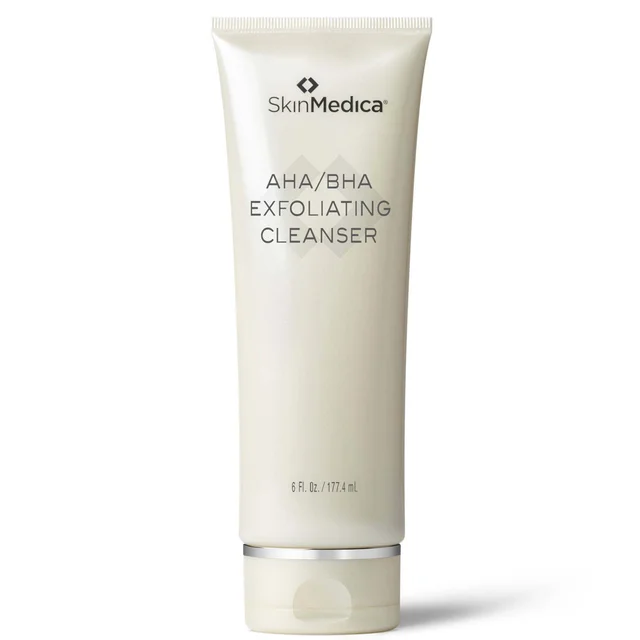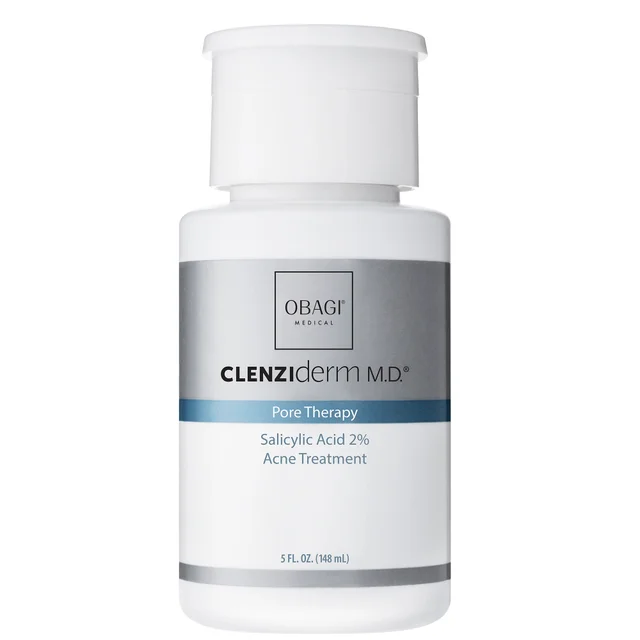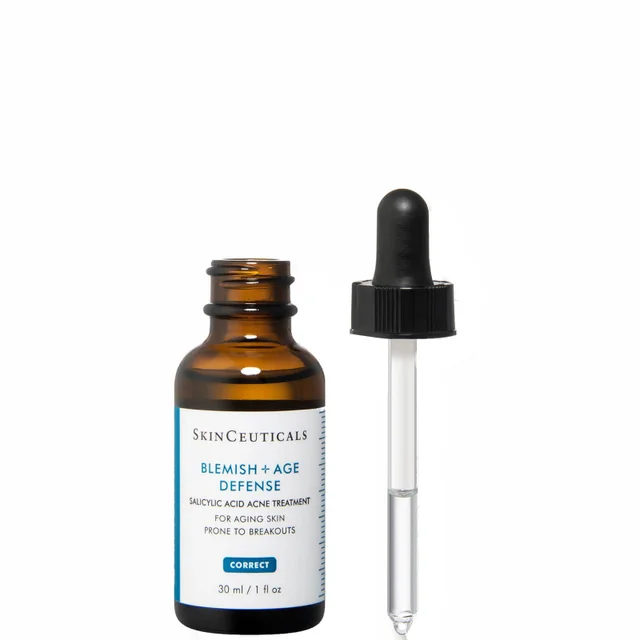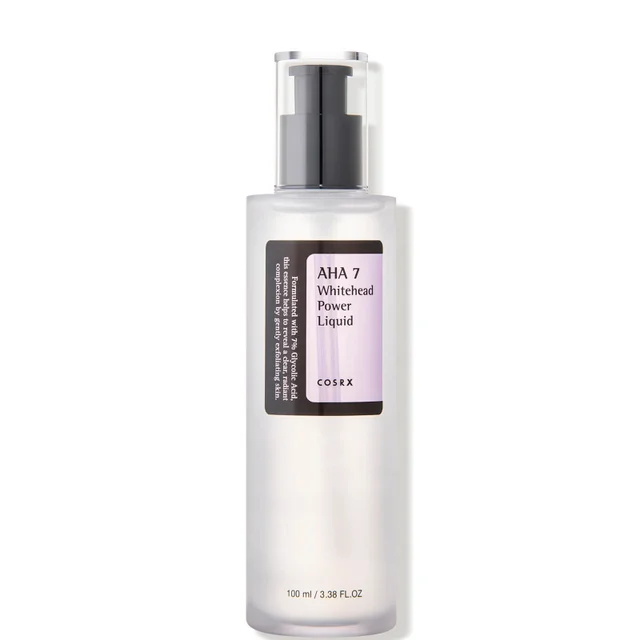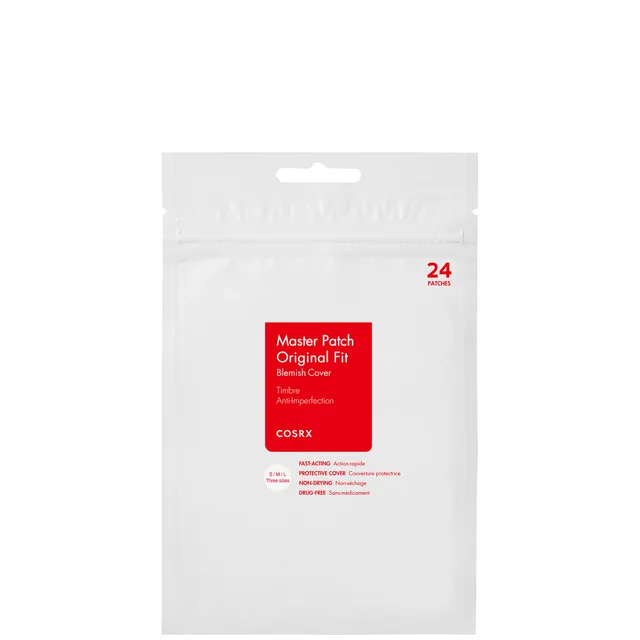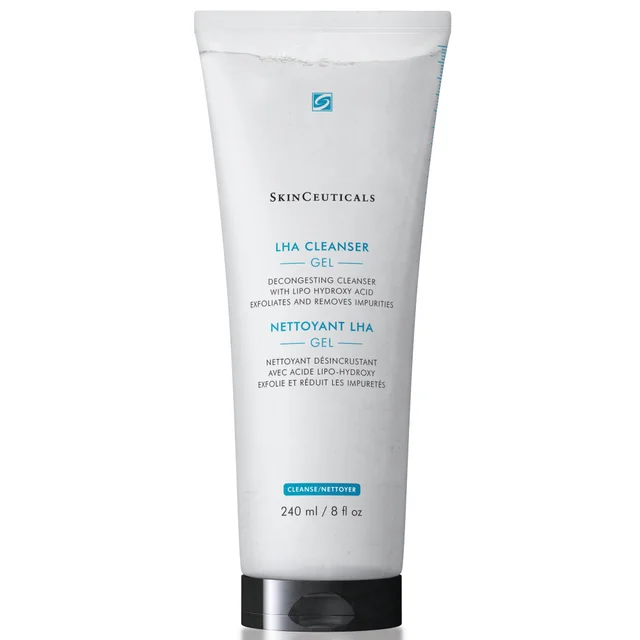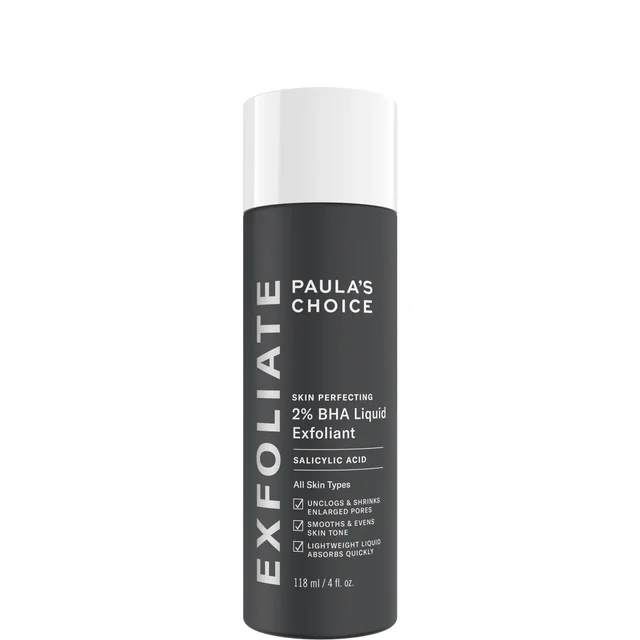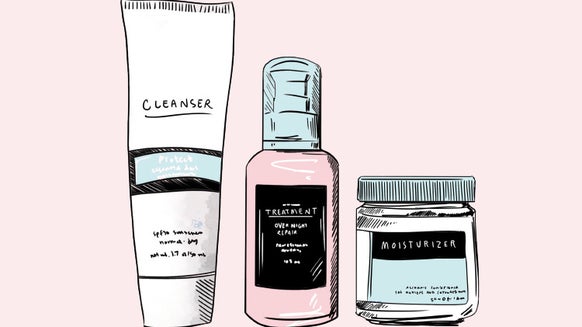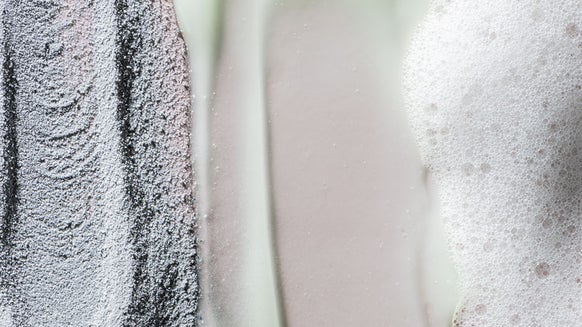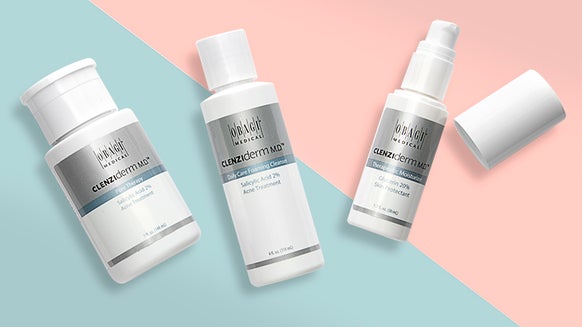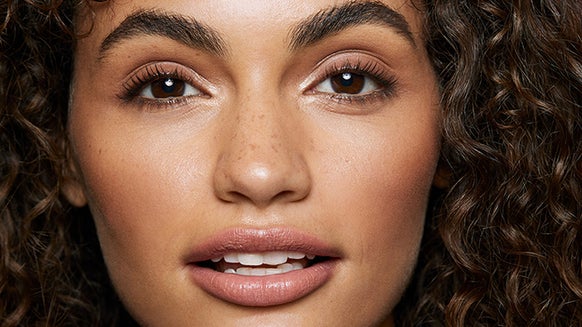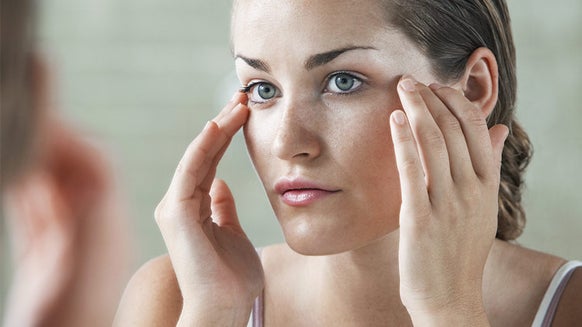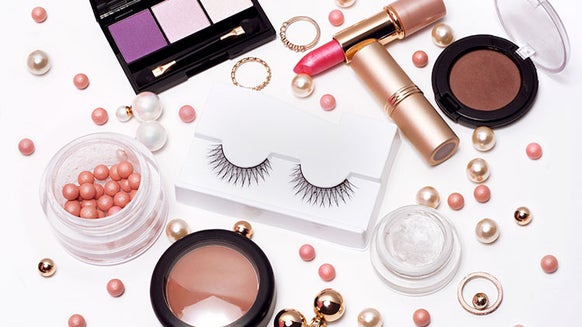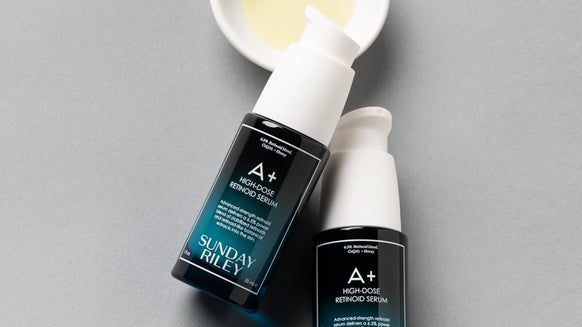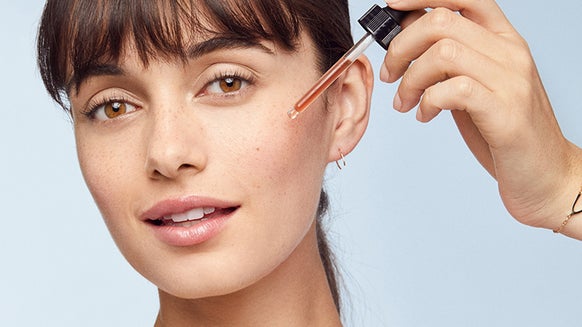Understanding Acne: A Guide To The Different Types And How To Treat Them
Acne looks different for everyone, and there is no one way to treat it. However, if you are struggling to identify what type of acne your skin is experiencing and how to look after it, read through Dermstore's in-depth guide to the different types of acne to learn more.
What Is Acne?
What Are The Different Types Of Acne?
Blackheads
Appearing as black spots in the skin, blackheads are the result of clogged pores, turning dark in color as they are exposed to the air. They are often found on and around the nose. It is not recommended to use pore strips or squeeze blackheads as this may lead to scarring. However, you can help to keep your pores clear by exfoliating and cleansing the skin.
Featured Product: The SkinCeuticals MicroExfoliating Cleanser
Whiteheads
Whiteheads are one of the most typical forms of acne. As the pore becomes clogged, the skin forms a layer over the pore and traps pus within, giving it its color. Again, it is important not to squeeze the blemish.
Featured Product: COSRX AHA 7 Whitehead Power Liquid
Papules
Papules appear as red, swollen bumps without a head. This type of acne occurs when a clogged pore comes into contact with Cutibacterium acnes (C. acnes) bacteria on your skin. Ingredients such as benzoyl peroxide are believed to be beneficial when treating papules, and incorporating products designed to target inflammation may help to visibly balance the skin tone.
Featured Product: PCA SKIN BPO 5 Percent Cleanser
Beauty Insider Tip: Apply a little amount on damp skin and massage in a circular motion.
Pustules
Pustules are surrounded with redness, much like papules, but they also have a white or yellowish cap. They can form anywhere on the body, but are most commonly found on the face, back and chest. Resist the urge to pop and use products such as the COSRX Acne Pimple Master Patch to help soothe the skin, decongest the pores and minimize the appearance of blemishes.
Featured Product: COSRX Acne Pimple Master Patch
Beauty Insider Tip: Make sure to cleanse the skin around the target area.
Cysts
This severe type of acne can be tender and painful, resembling large red blemishes beneath the skin. Caused by infection, cystic acne carries a risk of leaving permanent scars. A dermatologist can help to treat cysts and prescribe medications.
Featured Product: SkinCeuticals LHA Cleanser Gel
Beauty Insider Tip: Apply twice daily, gently massaging a small amount onto your face and neck
Nodules
Often confused with cysts, nodules lay deep beneath the skin and can appear red or skin-toned. Cysts are formed when the pores become clogged with C. acnes bacteria, dead skin cells and sebum, and can feel firm and sore. To help keep the pores clear, use ingredients featuring
Featured Product: Paula's Choice SKIN PERFECTING 2 BHA Liquid Exfoliant
Beauty Insider Tip: Before applying onto either your hands or a cotton pad, slightly shake the bottle.
Acne Causes & Prevention
As mentioned previously, acne can be triggered by many different factors, such as hormones, family genetics, your diet or even certain medications and cosmetic products. Pharmacists and dermatologists can provide professional product recommendations and carry out certain treatments that suit your skin’s needs. In your everyday routine, helping to keep your skin hydrated and clean (but remember not to over-wash) helps to remove breakout-causing bacteria. Additionally, look out for non-comedogenic makeup and skincare products to keep your pores unblocked. As tempting as it may be, try to resist touching your face and picking any blemishes.
The Bottom Line

From the latest hair and makeup trends to the best solutions for your skin issues, we've got all your beauty concerns covered!

